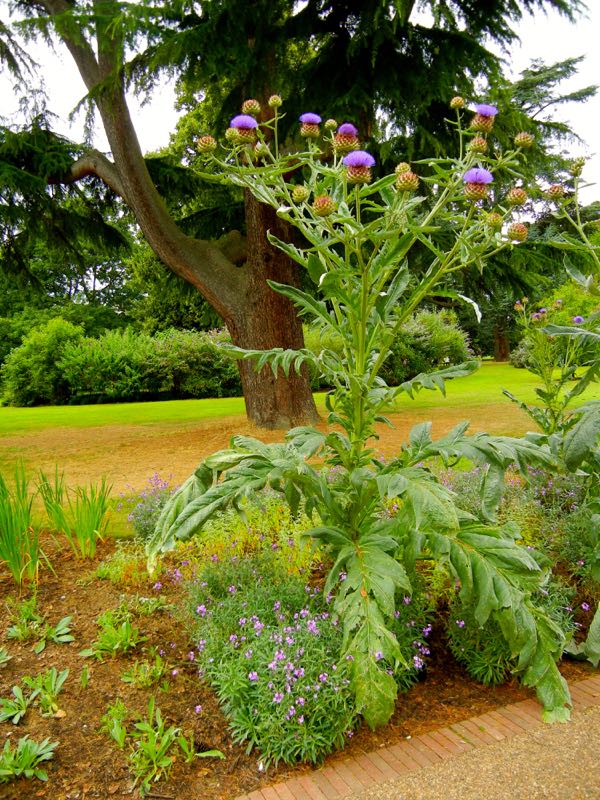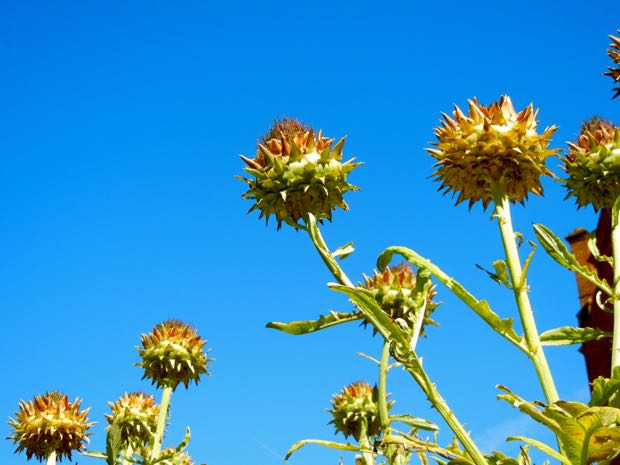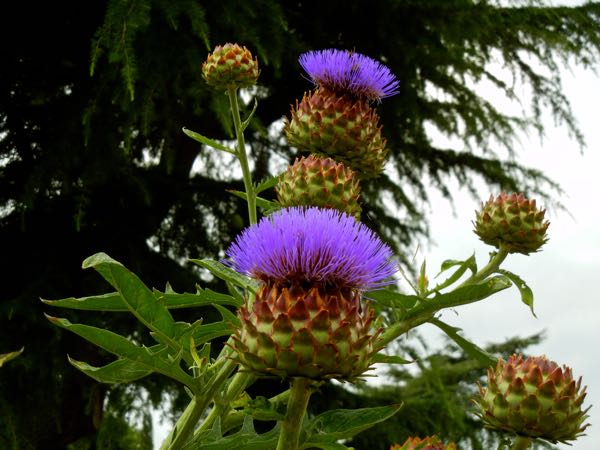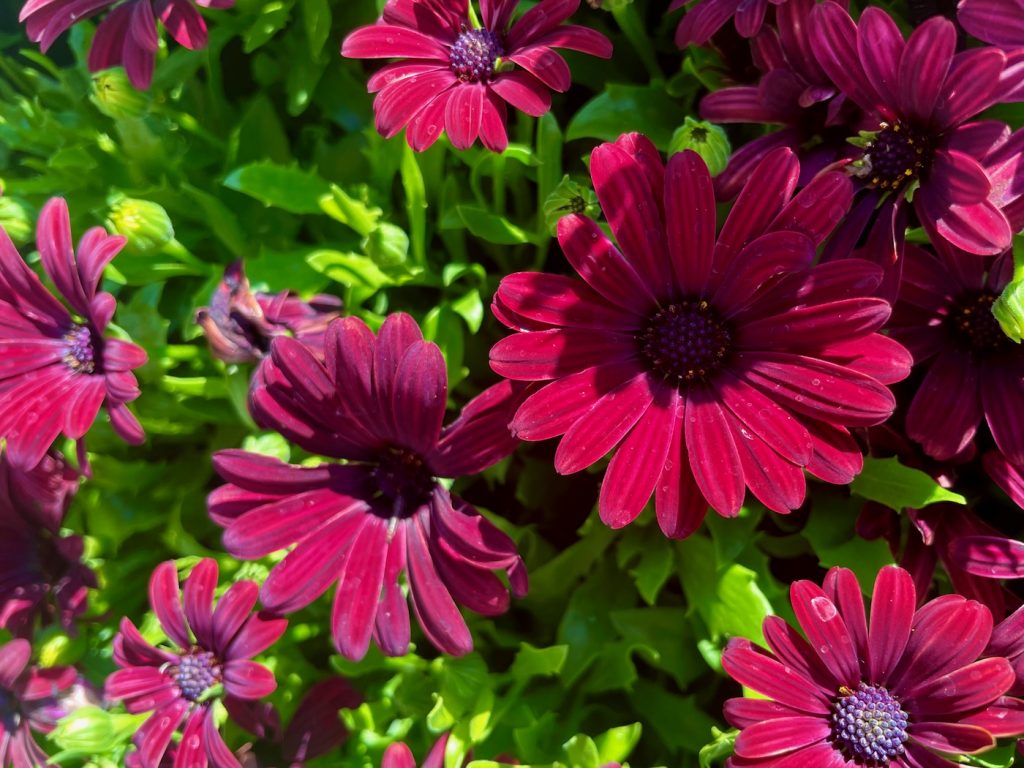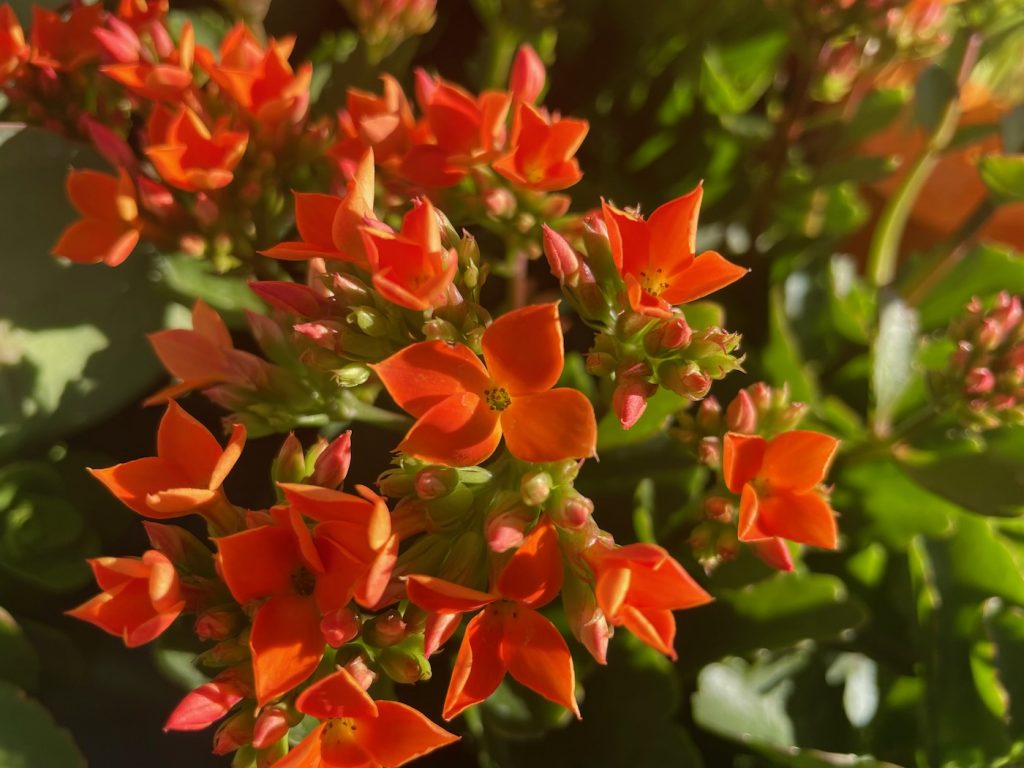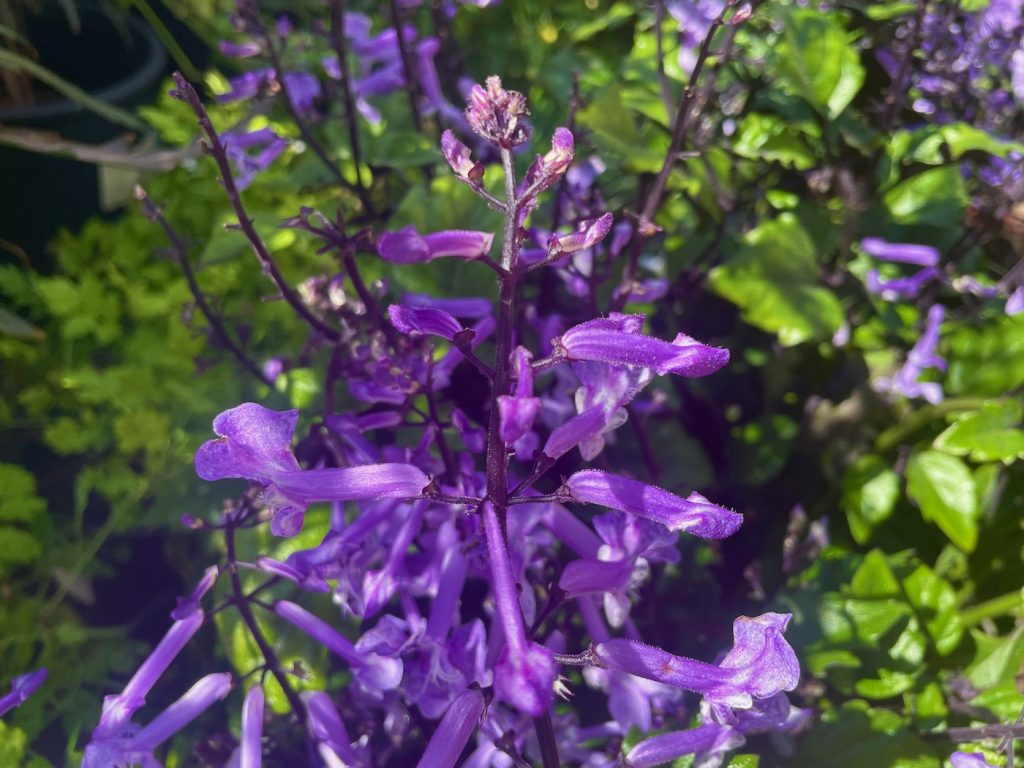Unveiling the Versatile Cardoon: Cynara cardunculus subsp. cardunculus
Cynara cardunculus subsp. cardunculus, commonly known as the Cardoon, belongs to the Asteraceae family. This subspecies is native to the Mediterranean region, specifically Macaronesia and the Mediterranean. Recognized for its striking thistle-like appearance, the Cardoon is a perennial plant that flourishes in temperate biomes.
Description and Culinary Significance: The Cardoon is a magnificent, thistle-like plant that can reach heights of up to 10 feet. Its large, deeply lobed leaves and spiny stems contribute to its distinctive charm. In late summer, the Cardoon produces eye-catching blue or purple flowers, adding to its allure.
In Mediterranean cuisine, the Cynara cardunculus subsp. cardunculus holds a prominent place as a sought-after vegetable. Both the leaves and stalks are edible, offering a variety of culinary possibilities. From blanching to steaming or braising, the cardoon provides a flavorful addition to various dishes. Furthermore, this plant is a notable source of dietary fiber and essential vitamins.
Life Cycle and Cultivation: The Cynara cardunculus subsp. cardunculus follows a biennial life cycle, completing its growth and reproductive processes over a span of two years. During the first year, the plant focuses on leaf and root development, while in the second year, it flowers and produces seeds.
How to grow Cynara cardunculus subsp. cardunculus:
Cultivating the Cardoon is relatively straightforward. It thrives in full sun and requires well-drained soil. Adequate watering, particularly during hot weather, is essential for its optimal growth. It is important to note that the cardoon is susceptible to pests such as aphids and spider mites, as well as diseases like powdery mildew.
Versatile Beauty and Garden Potential: Beyond its culinary applications, the Cardoon offers remarkable ornamental value. Its striking silver-gray, deeply-lobed leaves, often covered in a white tomentose layer beneath, create a visually appealing presence in gardens. Additionally, the Cynara cardunculus subsp. cardunculus produces thistle-like blue-violet flowers, adding a touch of elegance to the landscape. As a clump-forming plant that can grow up to 3 feet tall, with flower stalks reaching heights of 6 feet, the cardoon holds great potential as an ornamental addition to garden beds.
Cautionary Note: It is worth mentioning that although Cardoons can be grown for consumption as a vegetable, they are typically cultivated for their ornamental value in the United States. The buds of the Scolymus Group plants, commonly referred to as artichokes, are favored for culinary purposes due to their superior taste and size. If grown from divisions, the Scolymus Group reproduces as globe artichoke. However, when grown from seed, it often reverts to the invasive species form (cardoons). This reversion is frequently observed when Scolymus Group plants escape gardens, particularly in regions like California. It is important to be aware of this tendency and exercise caution when managing the plant’s spread.
Propagation and Harvesting:
Cynara cardunculus subsp. cardunculus can be propagated through various methods, including seed, division, root cuttings, or suckers. The plant possesses a substantial taproot. Gardeners can choose the most suitable propagation method based on their preferences and gardening conditions.
Harvesting of the cardoon depends on the plant’s adaptability to winter conditions. In regions where the cardoon is winter-hardy, the harvest typically takes place during the winter months when the plant is at its peak. In areas where the cardoon is not winter-hardy, early fall is the prime season for harvesting, allowing growers to capture the full potential of this exceptional plant.
Discover the Splendor of Cynara cardunculus subsp. cardunculus: The cardoon, scientifically known as Cynara cardunculus subsp. cardunculus, presents a captivating and multi-faceted presence in both culinary and ornamental realms. With its majestic height, silver-gray foliage adorned with razor-sharp spines, and thistle-like flowers in mesmerizing blue or purple hues, the cardoon is a true delight for the senses. Its dual role as an edible vegetable and an ornamental treasure adds to its allure and versatility. Whether you choose to explore its culinary potential or cultivate it for its visual splendor, the cardoon is sure to leave a lasting impression in any garden or kitchen.
